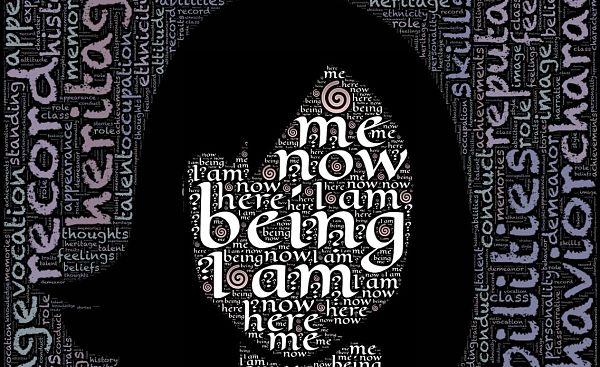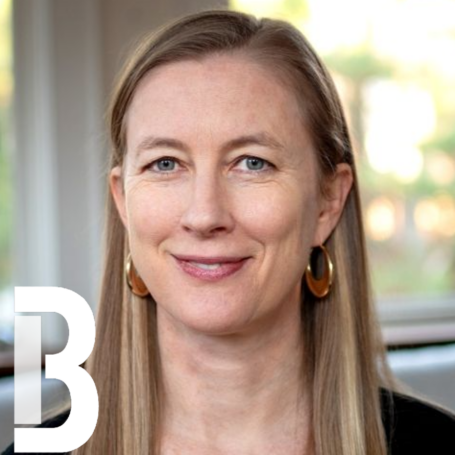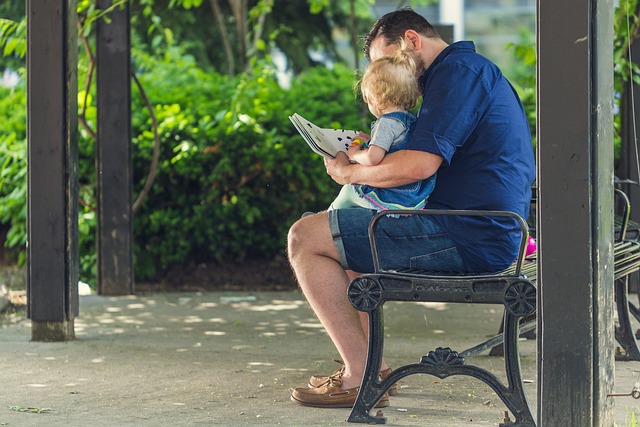The Self is Not Just I
 Who am I? Or even more curiously who are you? These are questions about the self. That aspect of who we are that we believe defines, or at least describes, each of us. The popular notion is that this is a fundamentally personal attribute; something that is uniquely ours. Yet even cursory consideration reveals that our selves may not be as simple or distinct as may be assumed. As the sociologist Herbert Mead pointed out many years ago, there are always at least two aspects to the self; the I – who I think I am – and the me whom others recognise. To complicate matters further it is becoming increasingly apparent that both of these forms of the self are created through interactions with others.
Who am I? Or even more curiously who are you? These are questions about the self. That aspect of who we are that we believe defines, or at least describes, each of us. The popular notion is that this is a fundamentally personal attribute; something that is uniquely ours. Yet even cursory consideration reveals that our selves may not be as simple or distinct as may be assumed. As the sociologist Herbert Mead pointed out many years ago, there are always at least two aspects to the self; the I – who I think I am – and the me whom others recognise. To complicate matters further it is becoming increasingly apparent that both of these forms of the self are created through interactions with others.
In the current, thought-provoking, themed issue of the journal Contemporary Social Science (the journal of the Academy of Social Sciences)
brought together by Greek psychologist Charalambos Tsekeris, the various social aspects of the self and its construction are explored. Such explorations can seem abstractly academic, but they carry great significance. Knowledge of how the self is constructed has many implications for most social processes. Whether it be, for example understanding the volatility of the notion of self that can provide the basis for terrorist radicalisation, or generate destructive suicidal tendencies, or foment aggressive national identities. Indeed, the essence of psychotherapy is to help people reconstruct their understanding of who they are.
The conscious, social construction of the self is clearest in how people portray themselves on social media. This is a context in which people are required to describe themselves and thus create a self for others to see. What Monica Aresta and her colleagues from the University of Santiago in Portugal reveal in a study of such online identities is that two rather distinct strategies are used. One they call ‘context driven’ in which individuals only reveal aspects of themselves relevant to the particular medium they are using. Essentially, this is presenting a professional self to their online community. The other is ‘user driven’ in which the person readily reveals personal aspects across all media. These relate, intriguingly, to Mead’s ‘me’ and ‘I’ respectively.
The challenge of multiple selves is brought to the fore when considering people moving through different societies. This is explored by Vulca Fidolini, from the University of Strasbourg. He considers young men in Morocco. He points out that the transition to adulthood of Moroccan students in urban centres is fraught because of their need to resolve traditional perspectives with potentially conflicting contemporary ones. This is well illustrated by the increasing practice of the ‘customary marriage’. New sexual freedoms that would not be countenanced under the Islamic prohibition on extra-marital sex are facilitated by adopting the Shari’a process of declaring a form of temporary marriage, which is not recognised by the state. In many other ways young Moroccans are able to think of themselves as both traditional and modern, forming complex identities that do not require a clash between these apparent polarities.
The recognition of the complex social construction of personal identity can go some way to understanding the currently challenging phenomena of middle class teenagers, from apparently integrated Muslim families, who become radicalised into militant jihad
Another fascinating example in this current issue of Contemporary Social Science is the negotiation of self when personal relationships do not reflect dominant cultural narratives. Jeffrey Vass, from the University of Southampton, explores this through interviews with people who are in cross-generational relationships. These are typically older men in relationships with younger women. This can produce challenges to both parties’ sense of whom they are because they are ‘out of phase’ with each others’ life trajectories. For example, one may normally be thinking of himself as moving into retirement, whilst his partner is looking on herself as starting to have a family. The potential conflicts in maintaining a successful relationship, Vass argues, are dynamically resolved by both parties seeing themselves as having some agency, playing an active role. This utilises different forms of recognition of the challenges, combined with various levels of responsiveness to those challenges. Thus pragmatic details such as joint bank accounts, or ‘trying for kids’, take on rhetorical significance that symbolise both parties’ agency.
The importance of rhetorical processes in defending challenged identities also is highlighted in the study by Kaisa Ketokivi and her colleague from Helsinki University who explore how people deal with feelings of loss of power or autonomy, which is usually considered central to a healthy notion of the self. Ketokivi and her colleague illustrate how women cope with the struggle for autonomy when faced with the need to terminate their pregnancy. They also consider those whose sense of self is shattered with the loss of a spouse. Broadly, people either redefine themselves and their actions in relation to those around them or separate themselves off from others. In the former case their agency is protected through a sense of community; in the latter through a heightened confidence in their own autonomy.
The sense of agency and the power of its role in any given individual has its roots in family dynamics. This is demonstrated by Melissa Lopez Reyes and her colleague at De La Salle University in the Philippines. They explored how family support for youngsters in their early years relates to later feeling of personal agency. Crucially the feelings of potency generated within the family encourages support for others and general prosocial behaviour.
As mentioned, these seemingly abstract arguments do have very important implications. The recognition of the complex social construction of personal identity can go some way to understanding the currently challenging phenomena of middle class teenagers, from apparently integrated Muslim families, who become radicalised into militant jihad. The studies in this volume all point to the possibility of these young men and women thinking of themselves as both Western and fundamentally Islamic. Their socialisation in the family and with peers has given them an idea of their own agency that they act on when enticed by beliefs that they can make a difference through violent actions.
The work is also relevant for more mundane considerations. Banks and other institutions these days operate with invisible clients whose identities are mere numbers and a set of passwords. Identity theft is the stealing of these codes, but that is far from the more fictional theft of what it means to be a particular person. Such absorption of another’s self is much more difficult because that self is not solely under the control of the victim. Family and friends, colleagues and other acquaintances all contribute to who we are. More importantly they help to shape who we think we are. Perhaps it is time that more attention is paid to these nuanced aspects of self rather than relying on numbers and codes as definitions of ID.
























































































